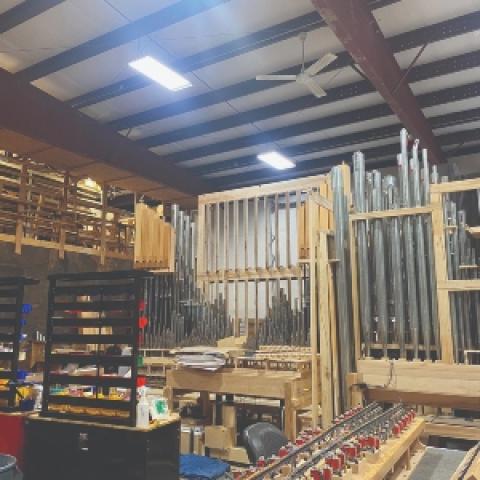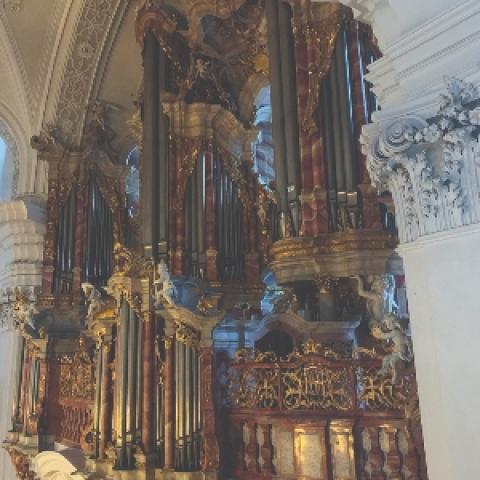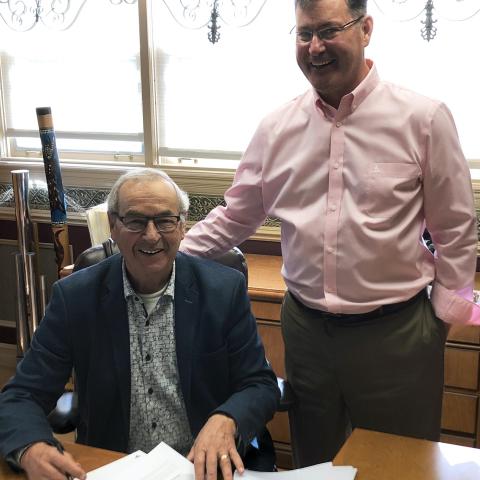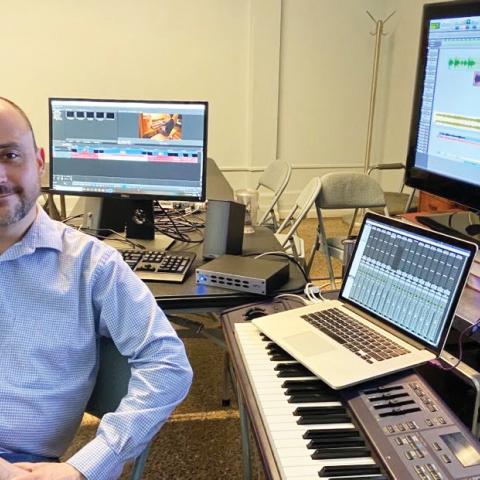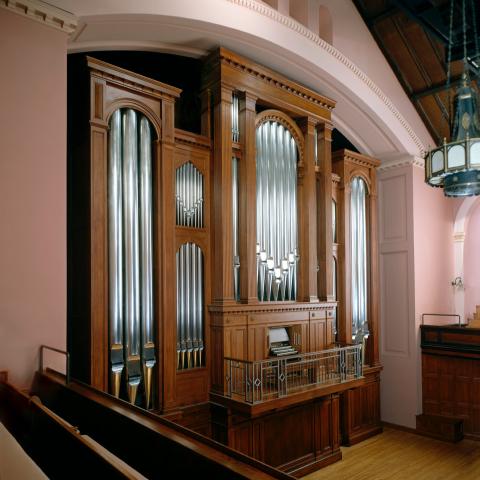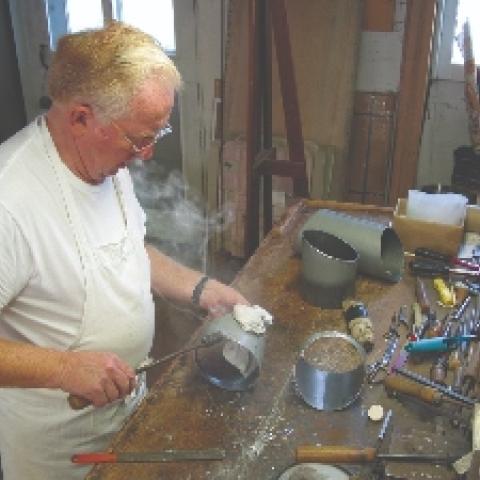
Following an 18-month absence from the internet, the OHS Online Catalog and Store reopened on April 5, 2019. The store offers CDs of organ performances, organ music, books about the pipe organ and other related material and products.
The re-launch with new staff in place coincides with new products specific to the OHS. These gift items, Christmas ornaments, coffee mugs, a brand new OHS lapel pin, note cards, and a designer golf shirt (available soon) supplement an already massive inventory of products dedicated to the organ.
From April 5 until the end of June, one dollar from every purchase will go to the E. Power Biggs Scholars program. This scholarship program provides financial support to young people across the country to attend an OHS convention and be introduced to the organ community. Since its inception over 200 scholars have benefited from the program.
The OHS Online Catalog and Store is open 24 hours, 7 days a week and can be accessed directly at https://ohscatalog.org/.

